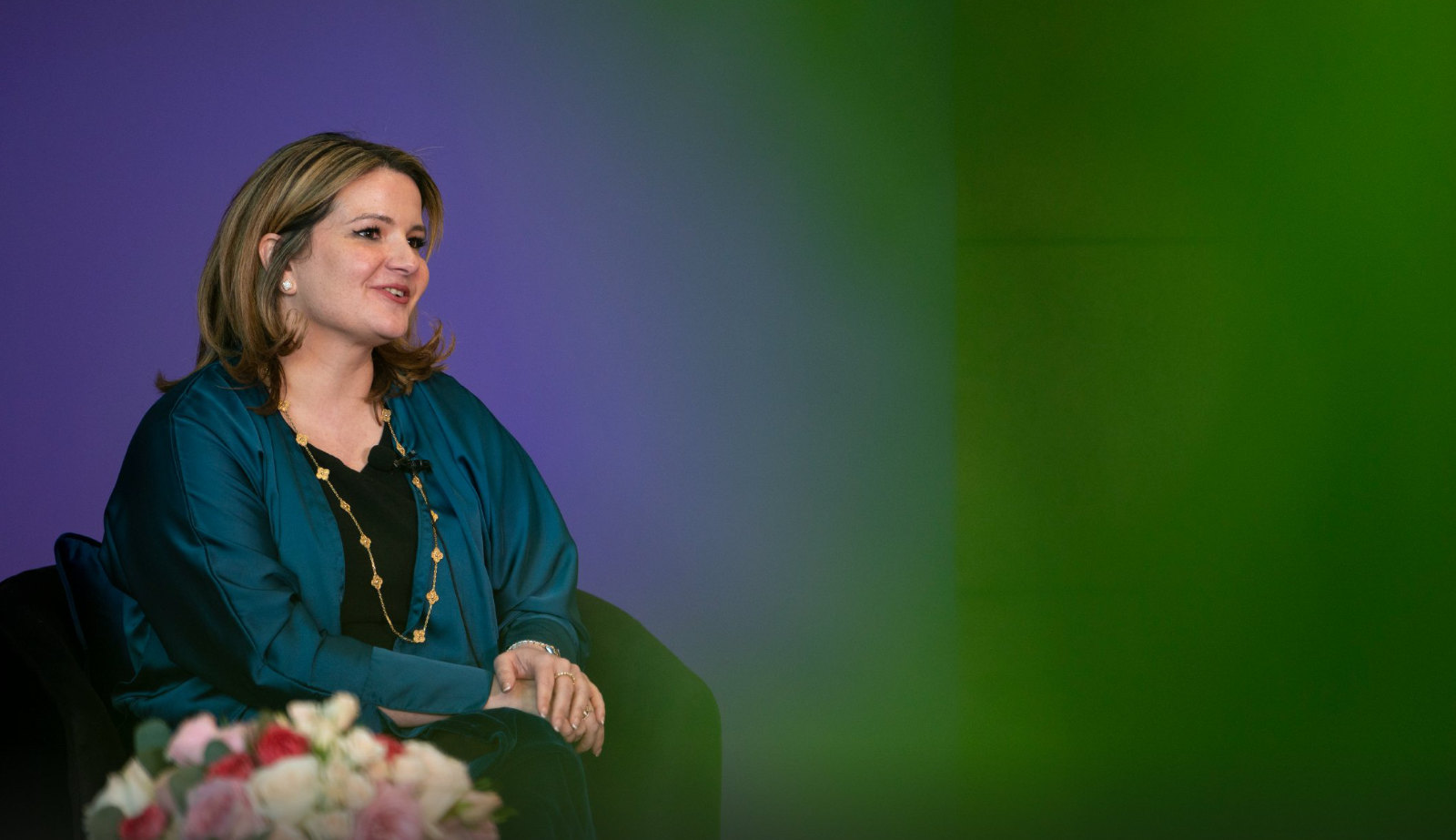
LIVING With the Saudi National Museum hosting a Van Cleef & Arpels exhibition, Taha Sakr and Mohamed Samir sat down with museum director-general HE Laila Al-Fadagh, on how the initiative with the jewellery house began, and what other programmes she has in store
From the March 2023 issue of Lucire KSA
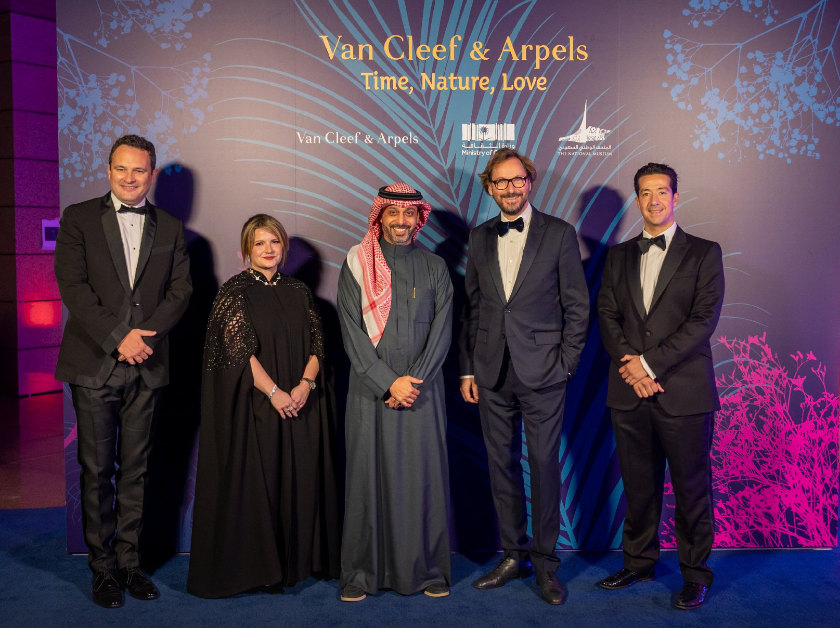
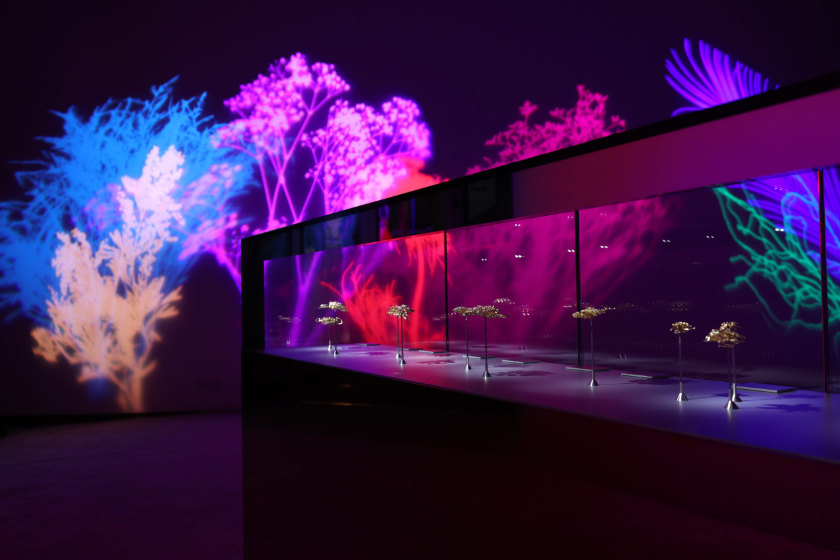
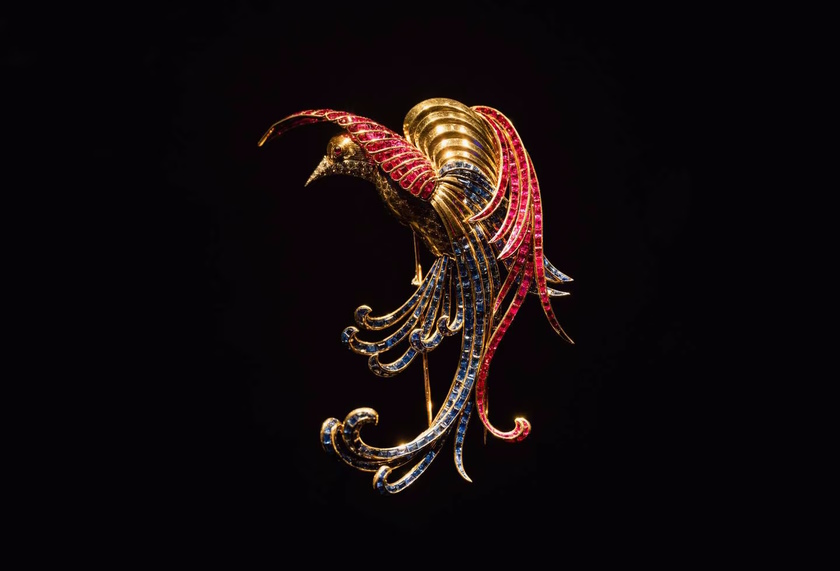
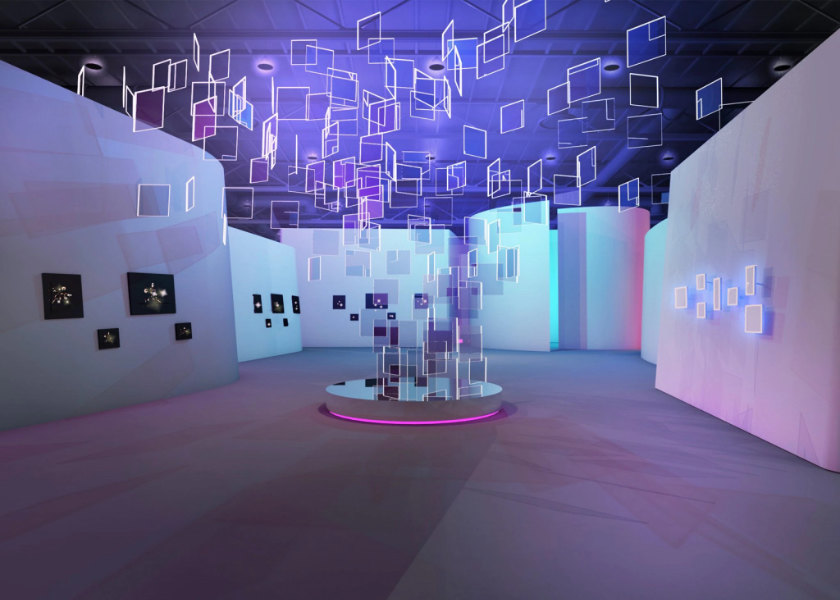
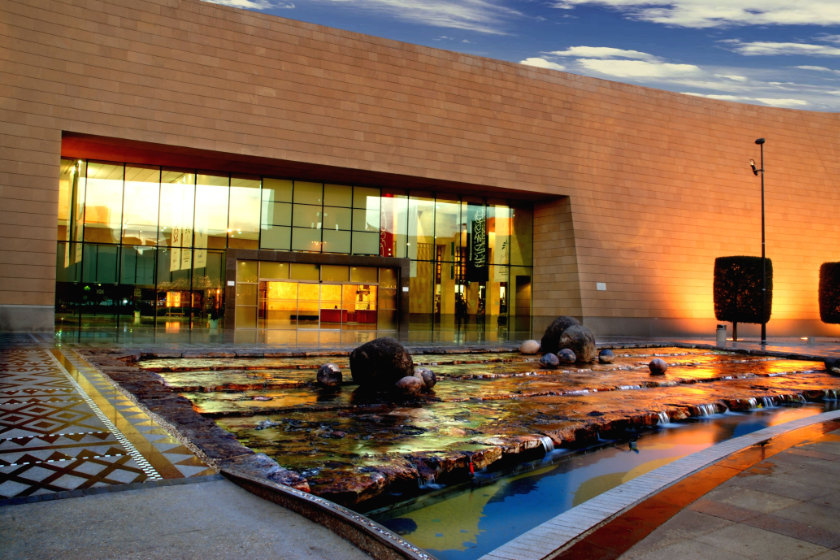
Saudi National Museum
At the end of December 2020, the Board of Trustees of the Saudi National Museum, headed by HRH Prince Badr bin Abdullah bin Mohammed bin Farhan Al Saud, the Saudi Culture Minister issued a decision appointing HE Laila Al-Fadagh as Director-General of the National Museum, the largest Saudi museum.
Al-Fadagh has previous experience in the field of museums, as she worked as a curator for the King Abdulaziz Center for World Culture, Ithra, from 2010 to 2017.
During her tenure, she contributed to the organization of the centre’s first exhibitions, supervised the opening of the museum, then became its president in 2017. This was in addition to her participation in the development of the first children’s museum in the Kingdom, and the establishment of the Ithra Award for Arts, which is the largest contemporary award in the Arab world.
Al-Fadagh earned a master’s degree in international sciences from Oklahoma State University in Stillwater, which enabled her to achieve several scientific achievements, including her contribution to the Art Café programme, held within the Saudi Aramco cultural program in 2012 and attracting 1,700 daily visitors.
Al-Fadagh focuses in her current mission on implementing plans to develop the Saudi National Museum and improving visitors’ experience, keeping pace with the comprehensive cultural development that the Kingdom is experiencing with Vision 2030.
Lucire KSA had the opportunity to meet her on the sidelines of the Van Cleef & Arpels exhibition held recently inside the Saudi National Museum in Riyadh.
We decided to have a coffee, paving the way for the below interview about the exhibition and the activities of the museum.
Let us first get more details on how the relationship started between the Saudi National Museum and Van Cleef & Arpels.
The relationship with Van Cleef & Arpels started about two years ago. It was merely a casual conversation.
Van Cleef & Arpels is quite known for its interest in initiatives in the arts and culture. So, they’re not just a business, they’re there to promote art, creativity, and innovation.
Van Cleef & Arpels’ exhibition was to be held at the Saudi National Museum for the first time in the Middle East. It was very difficult to say no.
We thought it’d be really interesting to create a connection between the exhibition and also what is in our permanent galleries. And I believe it’s critical for us as a national museum to highlight and showcase what we have. And by developing this partnership, we’re bringing a fantastic exhibition of high quality in terms of the way it’s being displayed.
Are you planning any partnerships in the coming period?
There is nothing with a brand at the moment, but we’re working with local entities and looking at international entities. I think being in the cultural industry and as a national museum, these partnerships are significant. Because part of what we do as a museum is to bring the world to Saudi people and bring our world to the outside world. So, I think partnerships are vital to what we do.
Can you tell us more about the workshops being organized during the exhibition?
We will always have talks, we will always have workshops, and we will always have drop-in activities. And when we do have exhibitions, the talks and workshops will be centred around the exhibition.
We have over 4,000 objects on display—so endless topics to discuss. And in addition, we have drop-in programmes, such as workshops.
You need to pre-register, but they’re open to everyone and they’re free to the public. Our drop-in activities are offered whenever you’re in the museum and you see a station you want to participate in.
We’re creating different types of programmes for different age groups. And then I’m excited about our school visitation programmes.
Can you elaborate more on the school visitation programmes?
The Saudi National Museum’s team is developing a platform for schools to book visits to the National Museum online. They can let us know the age group, the type of activity they want, and how big.
Do you have tailored programmes?
We can tailor special programmes depending on the time that they have and the age group. Some people and some schools are just interested in a tour. So we can provide both of those things. But we’re really about making learning fun and exciting and enjoyable and we want people to be curious and that’s what we’re trying to do.
What is the Saudi National Museum? What is the goal of establishing a museum like this in Saudi Arabia and what’s being shown inside the museum itself?
The National Museum opened its doors in 1999, celebrating the centennial of the founding of the Saudi state. The museum project took three years from start to finish. This is amazing for a museum; they didn’t have a collection or anything at the time. And they had to build the collection, develop a scenario and build a museum at the same time. So what they did was an almost impossible feat, but they made it happen. The journey to the museum is a timeline, so it starts with the natural history of the Kingdom, and then it moves to the first civilizations, then the Arabian Kingdom’s pre-Islamic period, the first and second Saudi states, and then the Unification Gallery.
Additionally, we also have two exhibition spaces. So we’re honouring, promoting, and preserving our past and creating opportunities for the present and future through our temporary exhibitions.
Can you tell us more about the governmental support for achieving such a culture boom inside the Kingdom?
I think it’s very critical for cultural industries to thrive, to have the support of their government. The Kingdom of Saudi Arabia is very visionary in where they want to go, and they’re investing so much in different disciplines within the cultural industry. And for me, that’s very, very exciting, especially as someone who started with an art degree and had no idea where I would be. Having that opportunity here is fantastic since I’ve always been interested in the arts as well as serving my community. I can say I’m very lucky and that creates opportunities for everyone around me. •
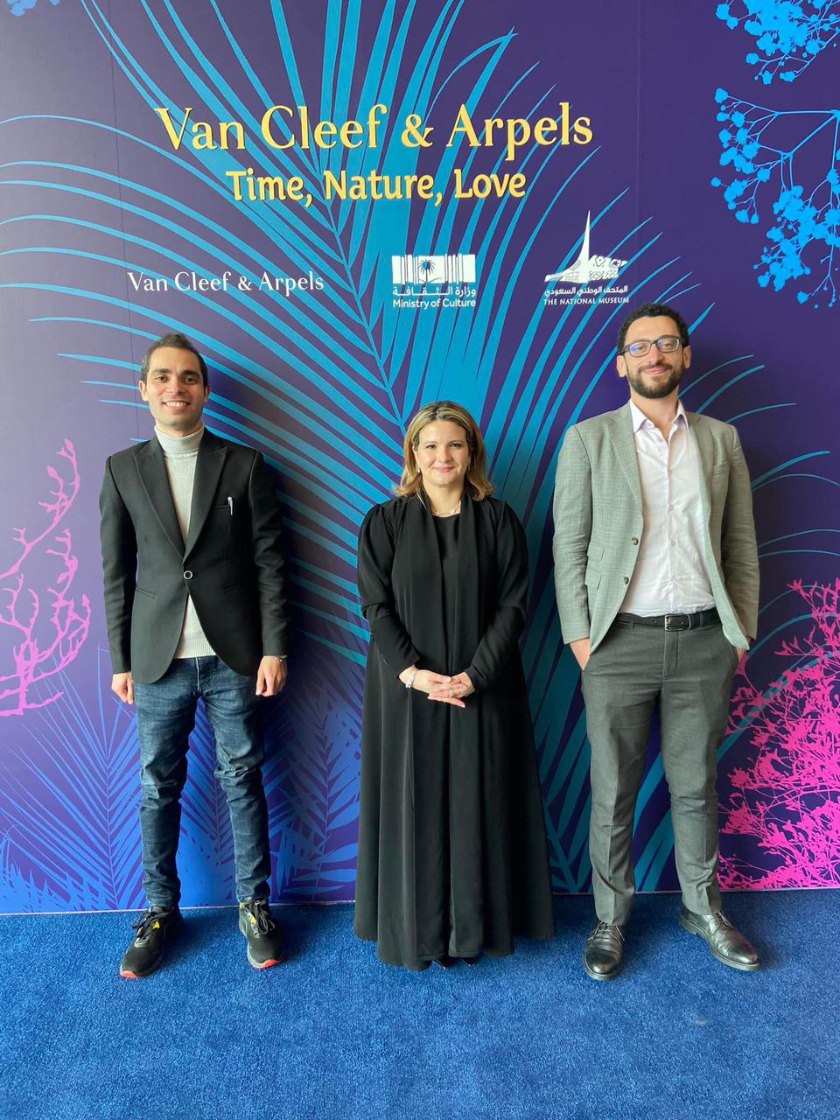
Related articles hand-picked by our editors
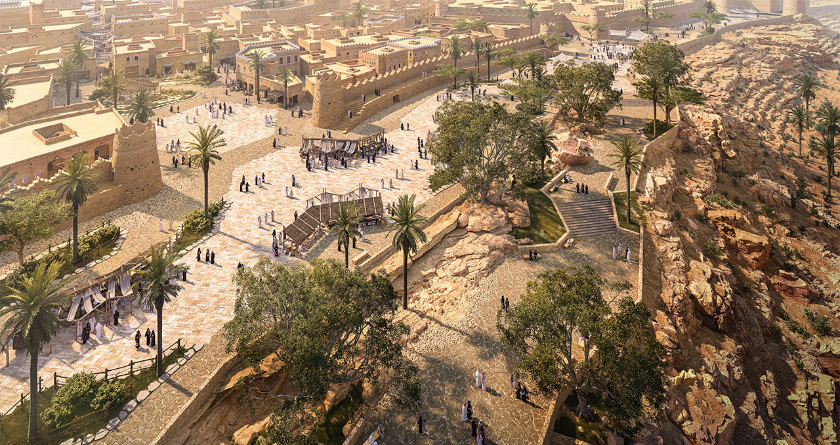
Future directions for the one and only Diriyah Gate
Lucire KSA meets the CEO of the Diriyah Gate Development Authority, Jerry Inzerillo, who shares insights into the future plans for the UNESCO historical site. Taha Sakr speaks with him
From the August 2021 issue of Lucire KSA
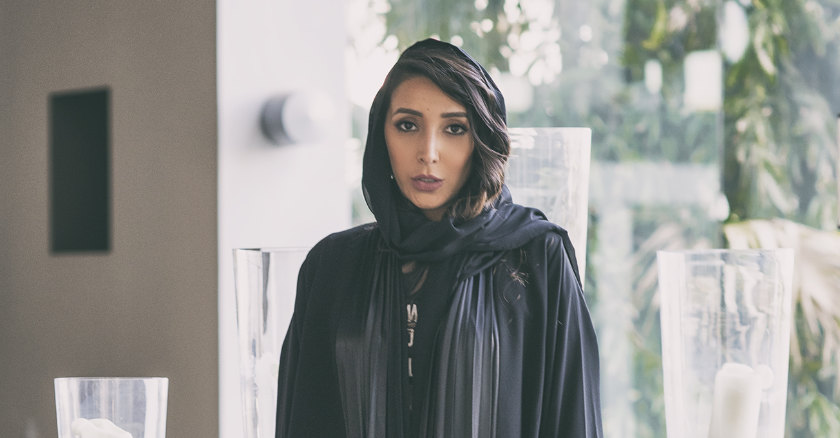
Getting serious about Saudi fashion
Marriam Mossalli is the founder of Niche Arabia, one of the Middle East’s leading consultancies specializing in fashion and luxury goods. She is a leading voice for Saudi Arabia’s emergent fashion industry. Qurratulain Wahab headed to her offices in Jeddah to find out more
Photographed by Nouf Alhimiary and Lina Qummosani
From the December 2018 issue of Lucire KSA
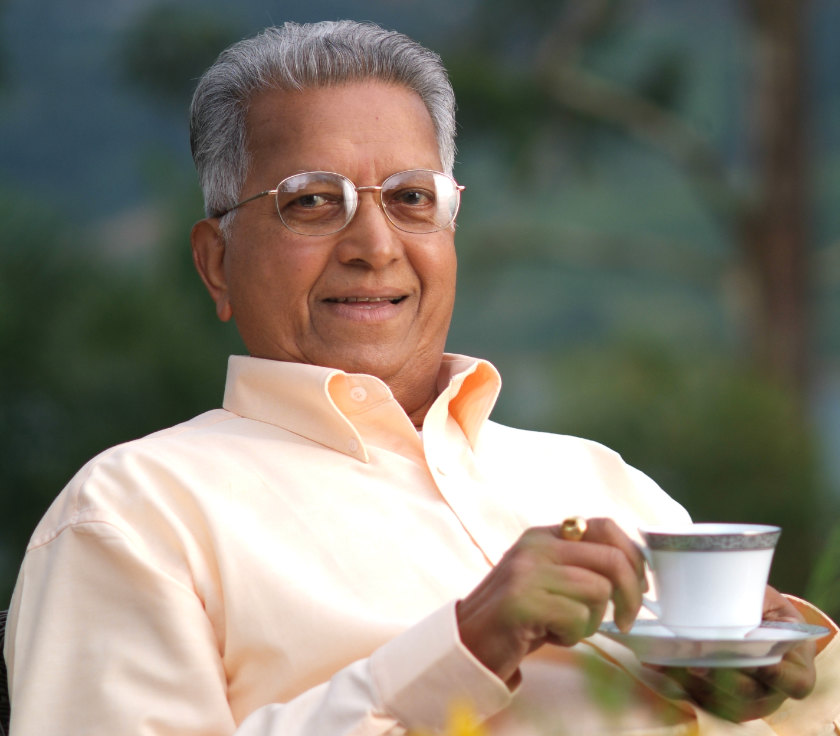
Do try it at home
Merrill J. Fernando is well known as the founder and public face of Sri Lanka’s Dilmah Tea, a Brands with a Conscience Award winner. Jack Yan spoke with him on social responsibility, family and his company’s part in the relief efforts for the Boxing Day tsunami
First published in issue 20 of Lucire